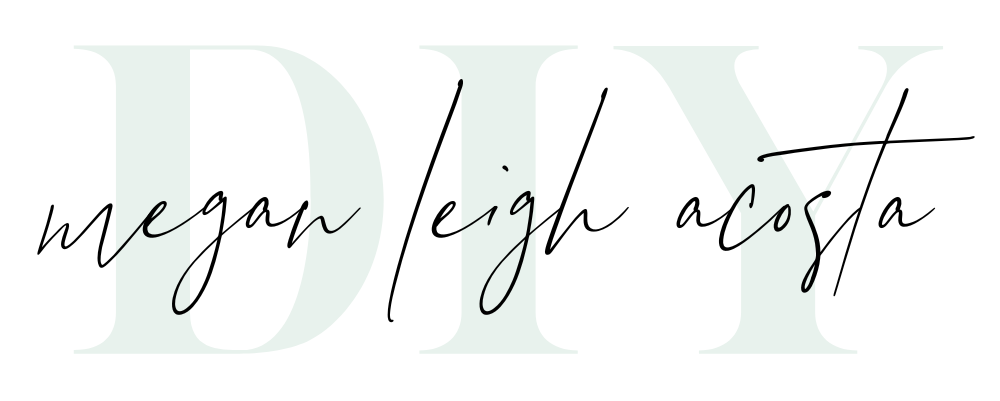One of the most frequently asked questions I get is what lens to purchase once someone has moved on from working with a kit lens or if they are wanting to start out in photography on the right foot. Now my answer to this varies based on the intent and subject of your image (see here), but in this post I want to talk to talk to you about my two favorite lenses, a 35mm lens and 50mm lens.
I have had other lenses in the past like the 16-35mm, a 200mm macro, and a 75-300mm. All of which I sold off. I think the the 35mm and 50mm are the perfect duo for documenting everyday life and creating portraits!
Please note this post contains Amazon affiliate links because I am an amazon affiliate. I may earn a commission from cicks and purchases. This helps me keep this blog running and I greatly appreciate (see disclosure at end of blog post)!
What do the numbers mean?
Now if you don’t know anything about lenses, the focal length numbers won’t mean much to you, but that’s okay. The focal length tells us both the magnification and angle of view capable with the lens. As the focal length goes down, the angle increases or becomes wider. As it goes up, the magnification increases and angle of view gets smaller.
The difference in focal length on these two lenses is small but important. I consider 35mm to be as close to the human eyes perspective as possible. Without too much distortion around the edges. The 50mm is just a step up, but makes an impact on the compression in the image. It also changes how close you can stand to your subject.
So if I stand in the same spot and photograph using the 35mm first, I will see more information around my subject, and they will appear smaller in the frame. If I then use the 50mm in that spot, when I look through my viewfinder my subject will appear closer and I won’t see quite as much around them. I used Murphy for my examples because is the least-moving living thing in my house. 😂 The first image is with a 35mm, the second is with my 50mm. Exact same exposure settings and standing position.
Why does the focal length matter?
This is important if you are using your lens to photograph inside your house if you have tight spaces. If you have the 50mm on you can’t stand quite as close to your subject since there is some magnification.
Here is another example of the difference between the lenses when I am standing in the same spot using the same exposure settings.
What would I pick?
If I had to choose one lens, I would actually pick my 50mm (with a big caveat). I shot exclusively with the Canon 50mm 1.4 for years. Then I purchased a 35mm and sold that 50mm. Then I missed it and purchased the 50mm 1.2 and I am back in love with it. There’s no visible distortion around the edges, I like the compression it creates, and it’s super fast, meaning the lens opens to f/1.2 if needed to allow a lot of light in to use a faster shutter speed. It does get some chromatic aberration in wide apertures, but, that is something that is easily corrected in post-processing nowadays.
What’s the caveat?
Now, my opinion on which to buy differs if we are talking about working on a cropped sensor. If your camera is not full-frame, that means the sensor applies a crop factor to the lens. You can easily google your camera body to find out if you have a cropped sensor and what the crop factor is. Just google your body and the words “crop factor”. For example, you may find that your body has a crop factor of 1.6x, which is pretty common. You can then multiply a lens focal length by 1.6, and that is now approximately what you will see when you use that lens on your body.
A 35mm lens on a body with a crop factor of 1.6x will actually create images that look more like a 56mm focal length. So, in that scenario, I would actually recommend you purchase a 35mm lens over a 50mm. Then if you buy a full-body camera down the road you still have a great 35mm lens and can add a 50mm in later. If you bought the 50mm it would look more like an 80mm lens which some folks really like for portraits, but it does mean you have to stand pretty far from your subject because of the magnification.
Which actual lenses though?
Alright so here are the links to the actual 35mm and 50mm lenses I would recommend for someone who is starting to get more interested in portrait photography.
Canon:
- Canon 35mm 2.0
- Canon 50mm 1.4 OR this budget friendly version
Nikon:

Review of my advice and more
That is my advice on the 50mm versus the 35mm. They are both great lenses and honestly you can’t go wrong with either. Grab yourself a nifty 50 if you have a full-body frame and want a really versatile lens with no distortion. If you have a cropped sensor, I recommend purchasing a 35mm first. You can add a 50mm down the road if you ever upgrade to a full-body! For more free advice on lenses, check here and here!





